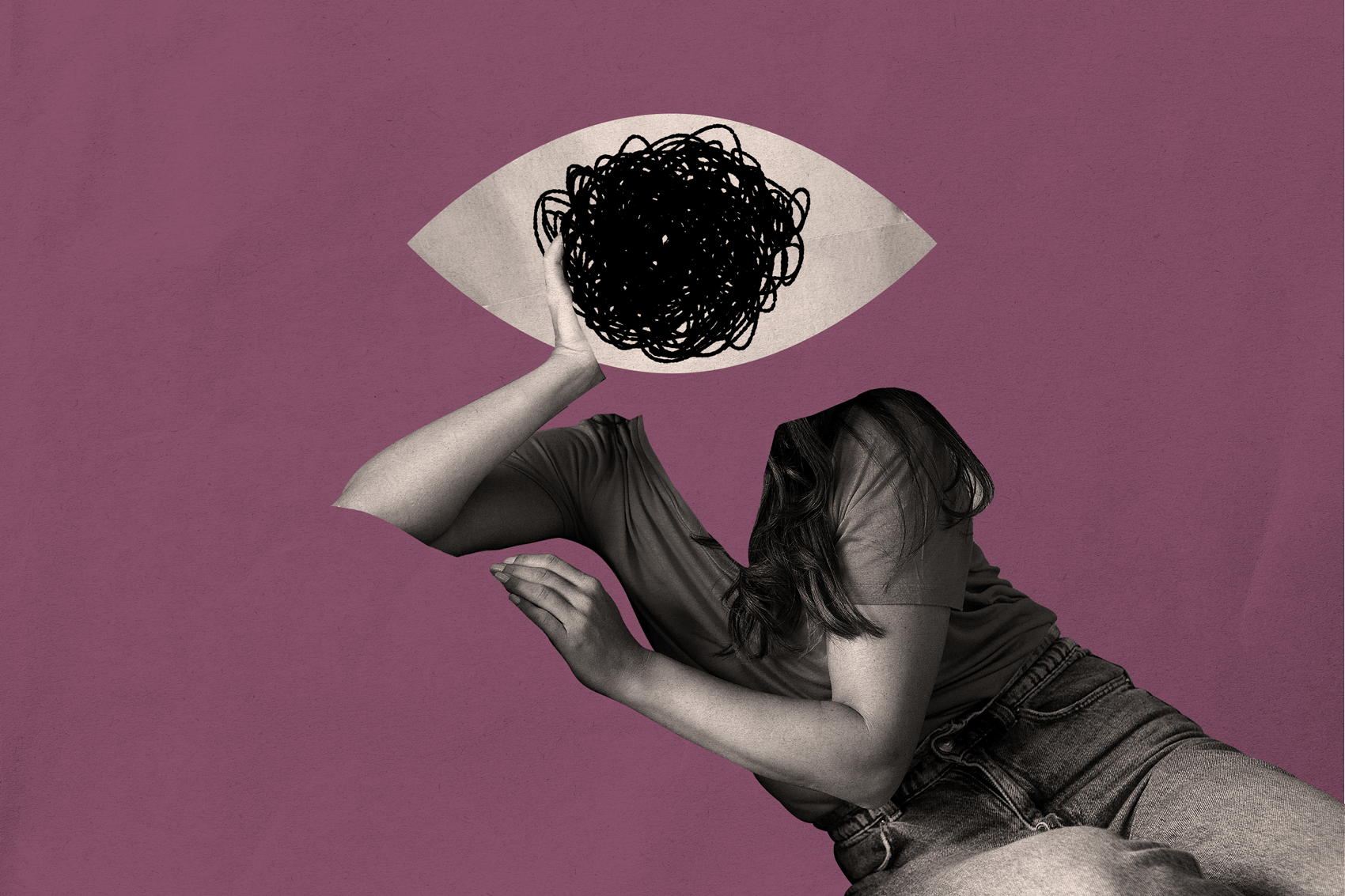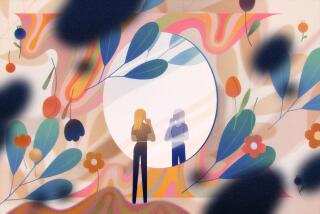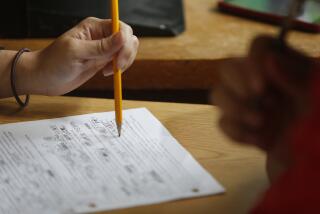How our powerful memories can also bias our decisions
- Share via
We make hundreds of decisions every day, and many times we can’t fully explain why we choose one option over another. Now a new study reveals at least one reason why we make the choices we do: Because of the way our memories work, the context in which we have positive experiences can bias our decision-making later.
Our brains allow us to remember things in part because they make associations between different things that occur together: Between a speaking face and words, between a location and what happened there, between dates and facts. These associations occur all the time, subconsciously, and are dependent on a part of the brain central to memory formation called the hippocampus.
But according to a new study by Columbia psychologists G. Elliott Wimmer and Daphna Shohamy and published in the journal Science, those associations also directly affect the way we make choices by spreading any goodwill we have toward one part of a memory onto the other features associated with it — perhaps one reason why people return to the same casino after a big win.
In the study, Wimmer and Shohamy had 28 participants enter an MRI scanner and complete three tasks. First, they watched a bunch of picture pairs flash on the screen. Every time, one picture was of a body part, landscape, or a face, and the other was a psychedelic pattern. This was intended to create a memory that connected each concrete image with a particular psychedelic pattern. The researchers then chose particular psychedelic images and paired them with a monetary reward.
Finally, the researchers asked the participants to choose between different body parts, landscapes, or faces for a chance to win a prize. Even though the subjects claimed not to have picked up on an association between the patterns and the pictures, most of them chose the one that had been paired with a pattern that received a monetary reward.
Because not everyone did this, the researchers were able to use the MRI to look at which parts of the brain predicted whether such a bias existed. They found that the hippocampus was more active when the participant was more biased toward the image previously paired with a rewarding pattern. This suggests that the associative memory between the pattern and the image was being activated more in people who were biased.
The researchers also used a clever trick to demonstrate that some subjects were actually learning an association between the image and the pattern during the study. Because faces, landscapes and body parts activate different parts of the visual area in the brain, the researchers were able to see whether these areas were “reactivated” when the subjects saw the patterns that had been shown alongside them. The more biased the subjects were, the more likely they were to show this reactivation.
Taken together, these results show that one of our brain’s strengths — the ability to quickly build strong connections between things we experience together — can also lead to unconscious biases.
Remember that next time you buy something new at the grocery store.
Return to the Science Now blog.






